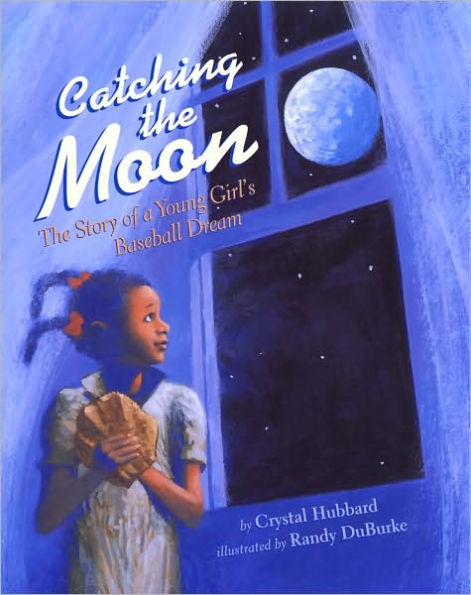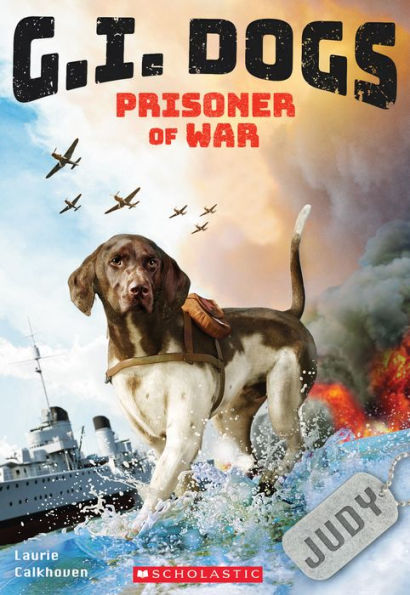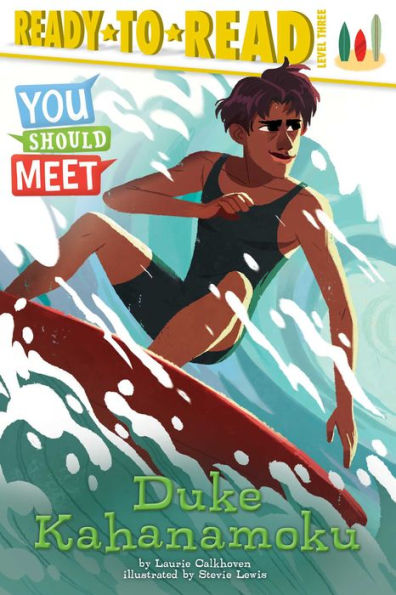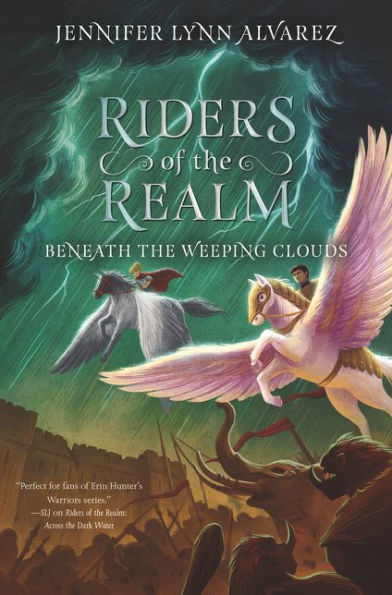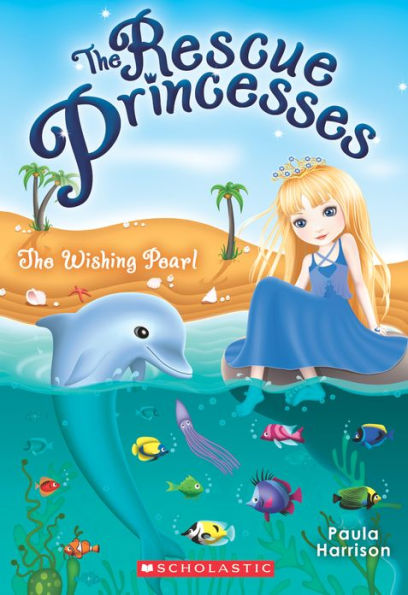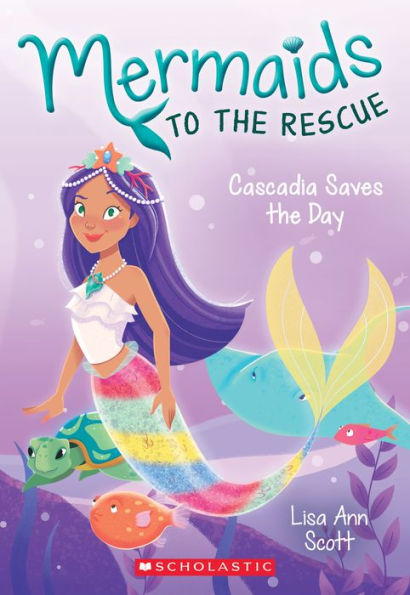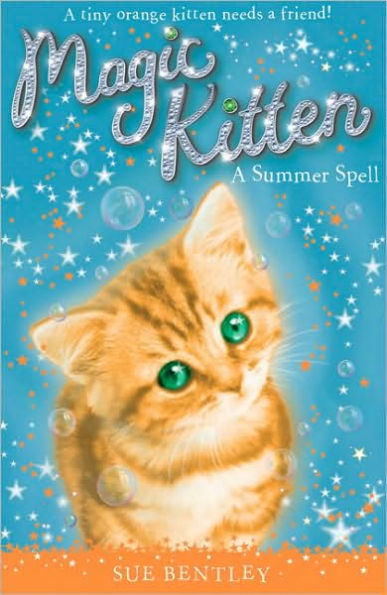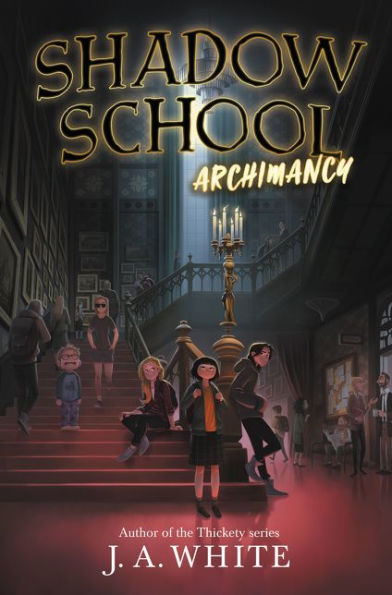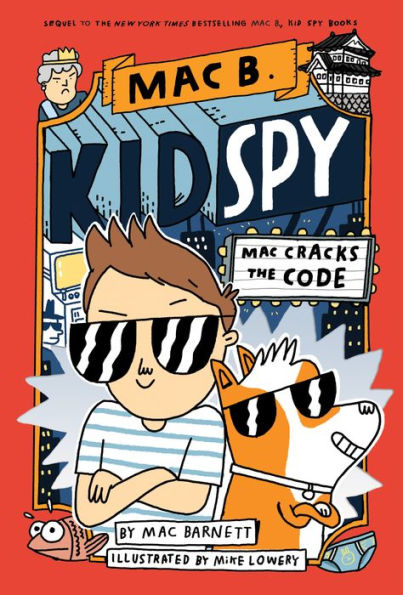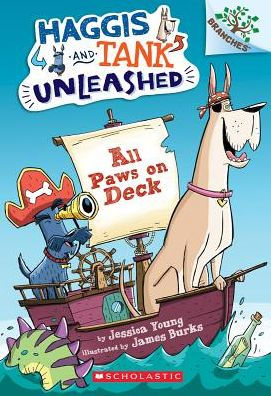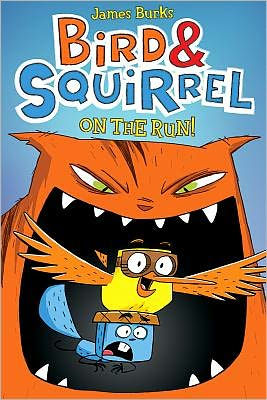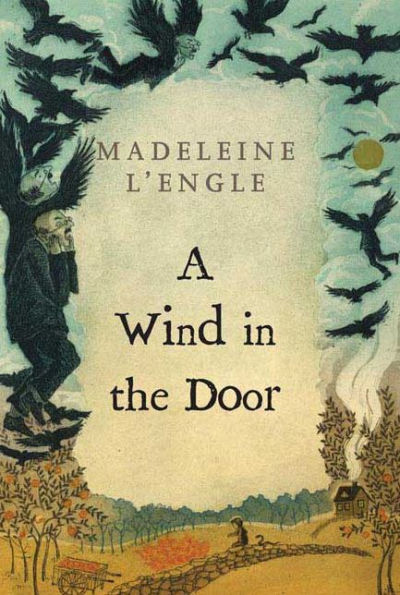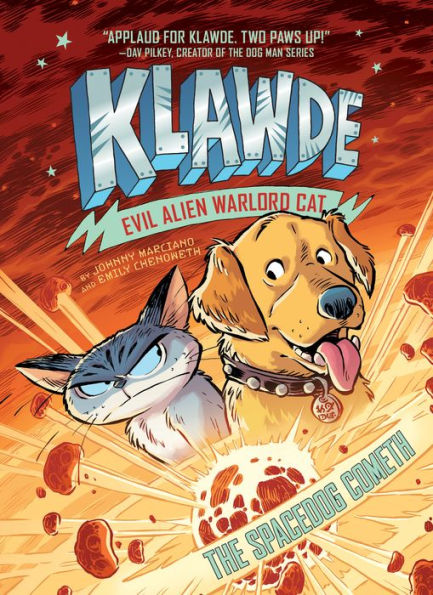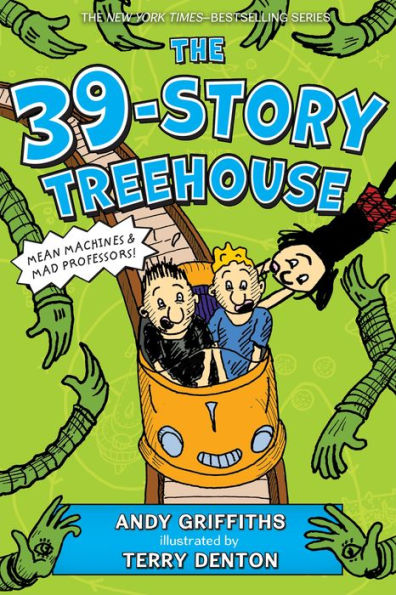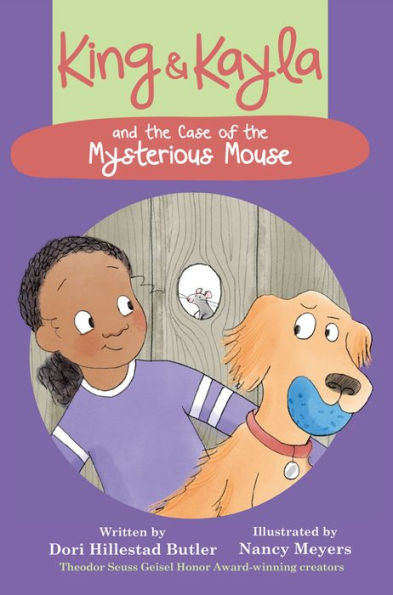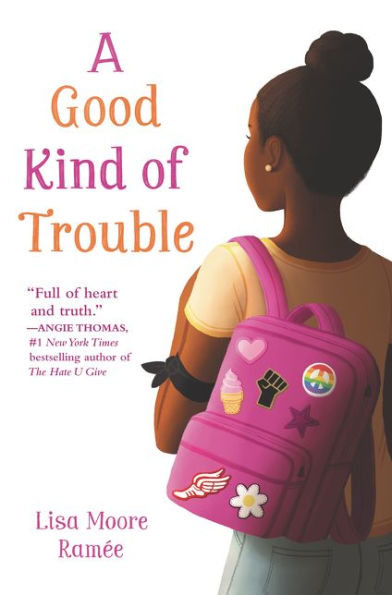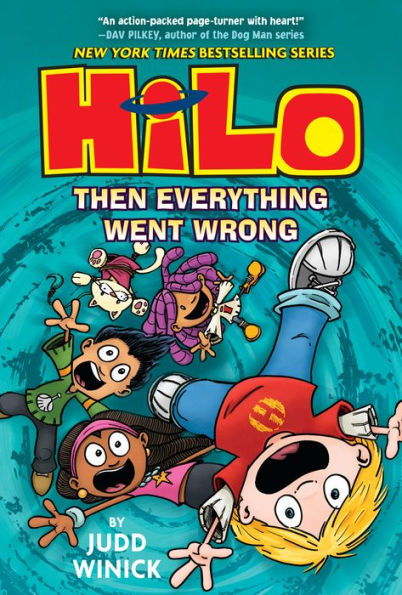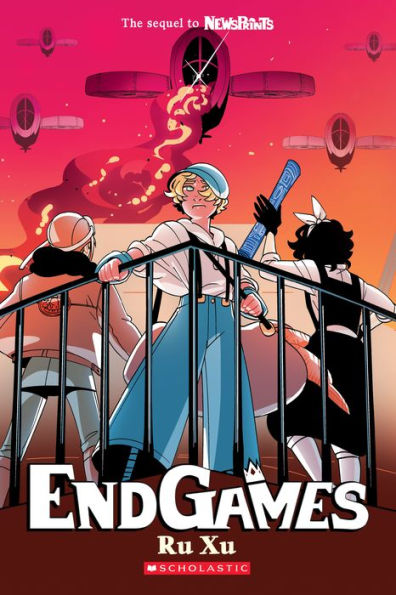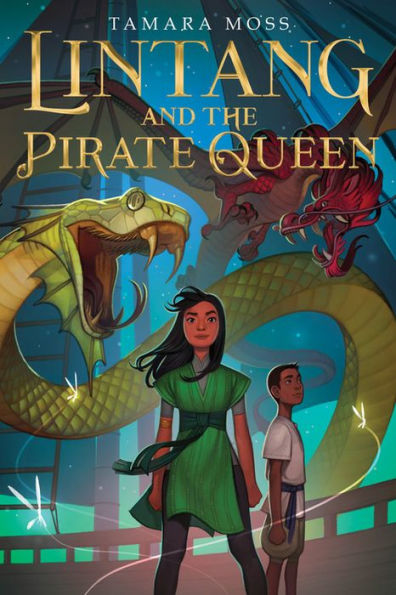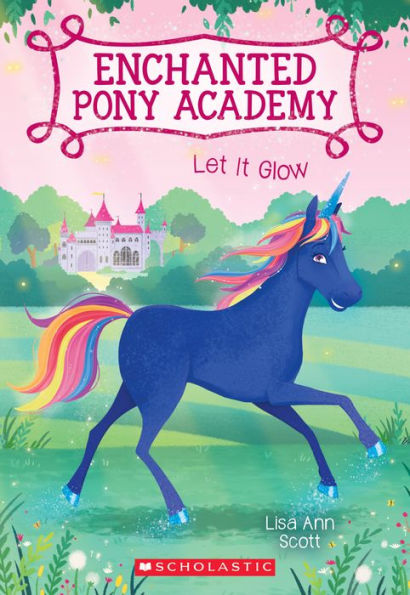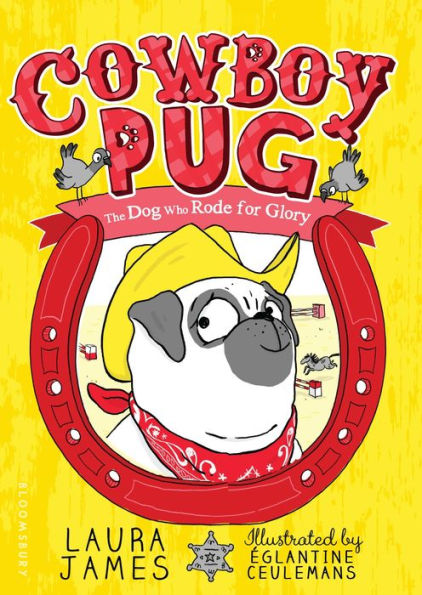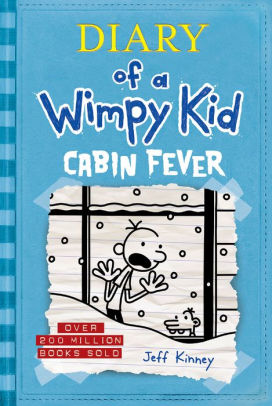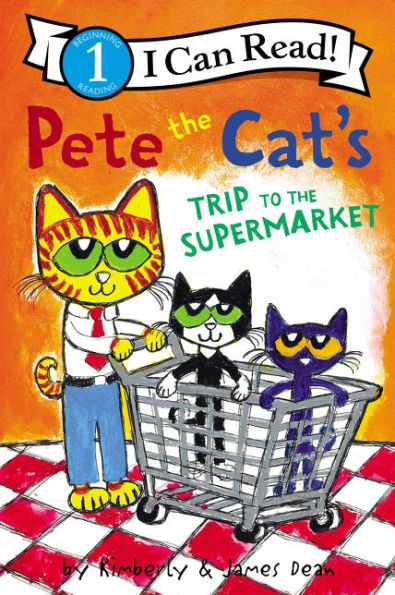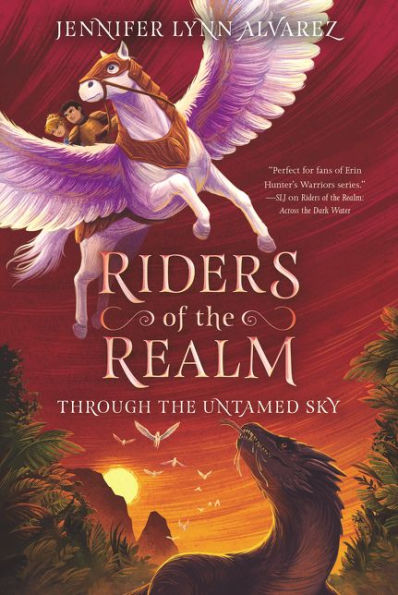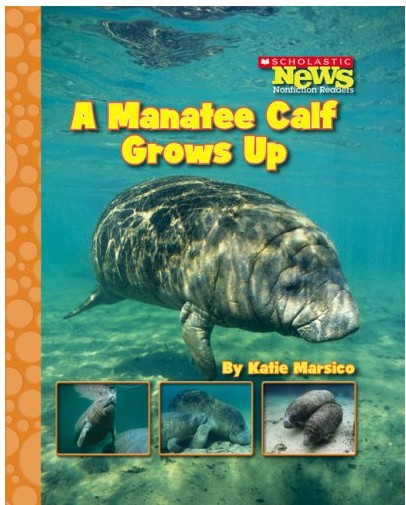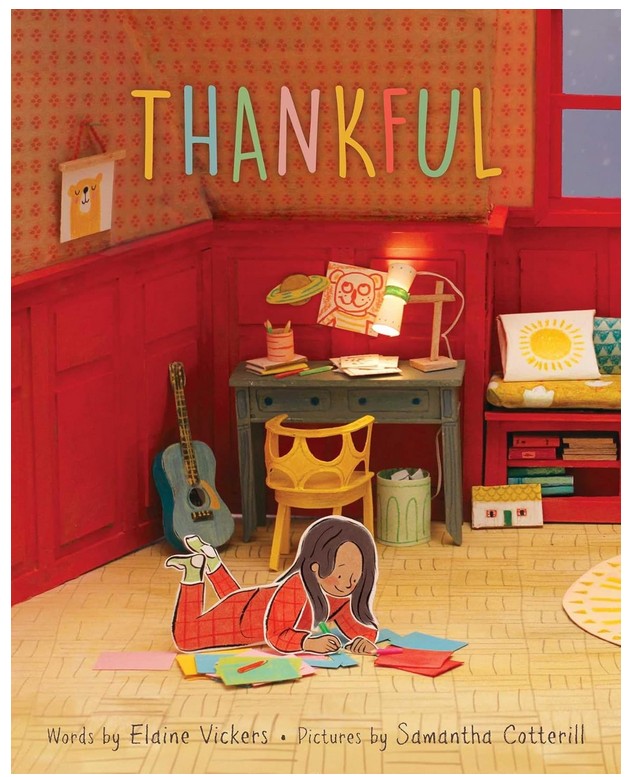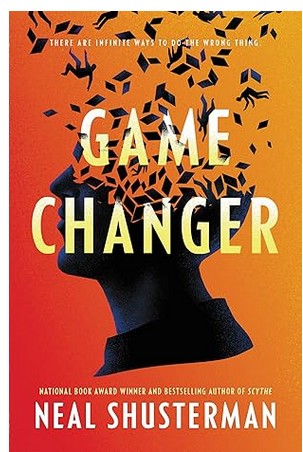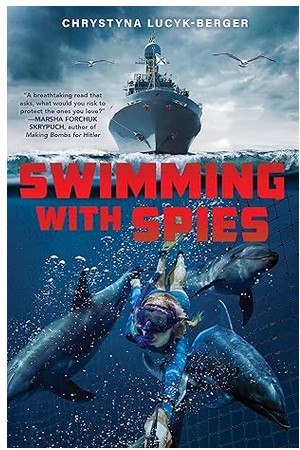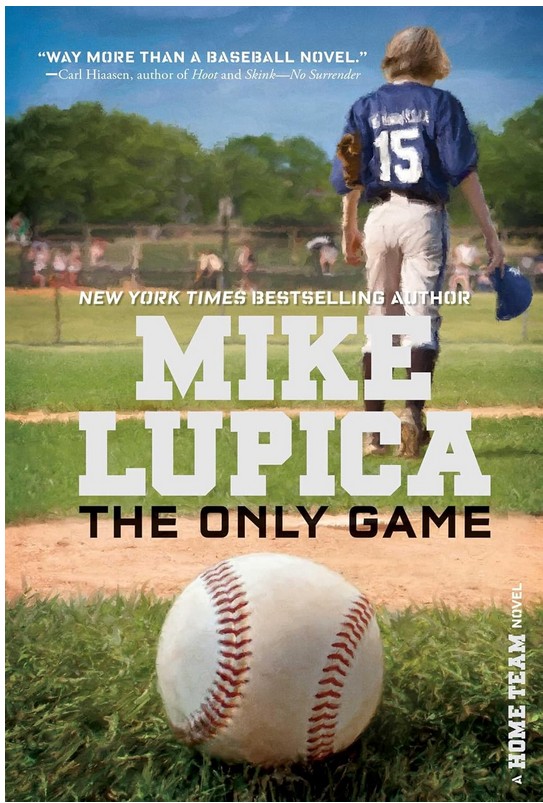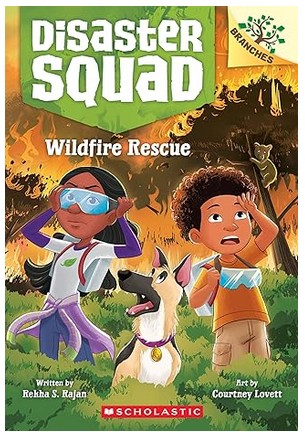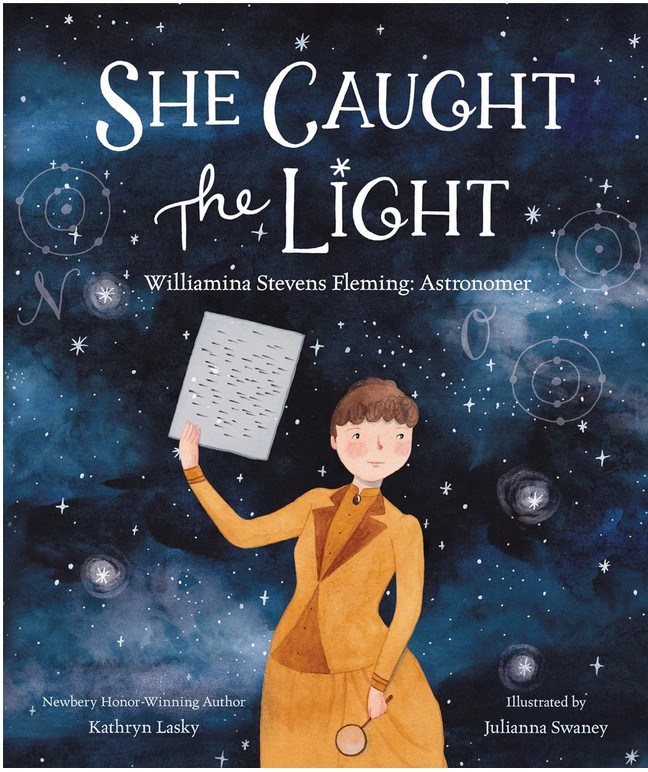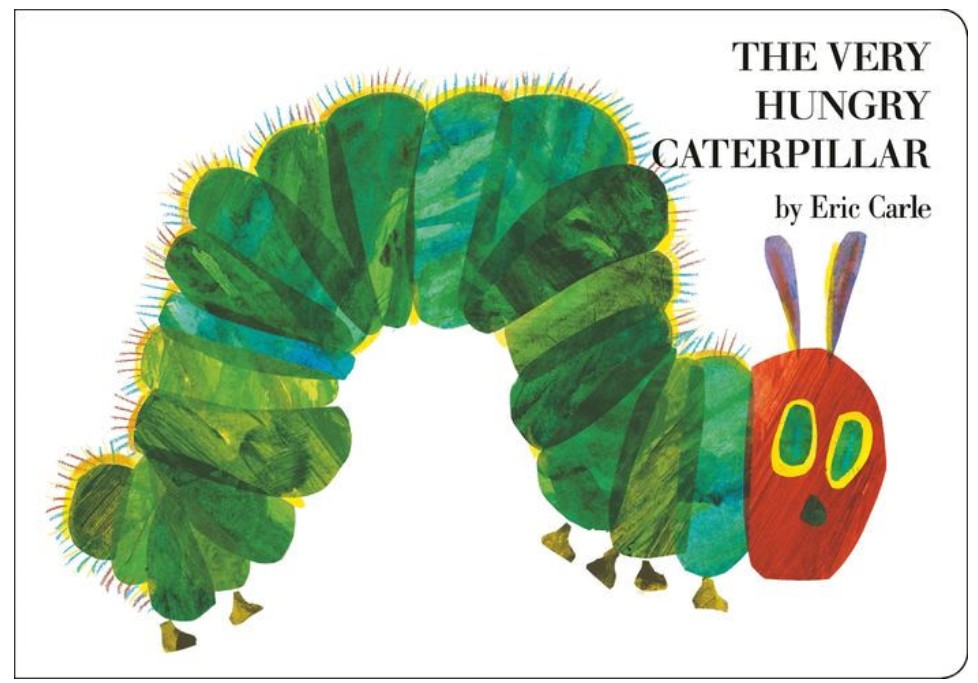Twelve-year-old Shayla is allergic to trouble. All she wants to do is follow the rules. (Oh, and she’d also like to make it through seventh grade with her best friendships intact, learn to run track, and have a cute boy see past her giant forehead.)
But in junior high, it’s like all the rules have changed. Now she’s suddenly questioning who her best friends are and some people at school are saying she’s not black enough. Wait, what?
Shayla’s sister, Hana, is involved in Black Lives Matter, but Shay doesn’t think that’s for her. After experiencing a powerful protest though, Shayla decides that some rules are worth breaking. She starts wearing an armband to school in support of the Black Lives Matter movement. Soon, everyone is taking sides and she is given an ultimatum.
Shayla is scared to do the wrong thing (and even more scared to do the right thing), but if she doesn’t face her fear, she’ll be forever tripping over the next hurdle. Now that’s trouble, for real.
Told from Shayla’s point of view, A Good Kind of Trouble effectively explains the Black Lives Matter movement and Shayla’s budding awareness of political activism. When Shayla and her friends begin junior high, they struggle with the changes that come with growing up—crushes, changing friendships, and figuring out their own beliefs.
Readers will relate to Shayla as she struggles with the difficulty of junior high. Shayla’s teacher assigns an “eyeball journal” so students can write down their observations. As Shayla writes in the journal, her thoughts and emotions come to the forefront, which allows the reader to connect with Shayla on a deeper level.
As the story explains the Black Lives Matter movement, most of the information is introduced as Shayla’s parents listen to news about a trial where a black man was killed by a police officer. Shayla’s parents and several adults talk about the trial, but the events are not described in detail. Even though the story focuses on how African-Americans are unjustly stereotyped, the story also touches on how other races are also stereotyped. Shayla’s friends are different races—Isabella is Latin and Julia is Asian.
Throughout the story, Ramée incorporates quotes from famous people, such as author Ralph Waldo Emerson. Shayla’s parents and teachers also give positive advice. For example, one teacher says, “You can be different from the generations before you. You can celebrate people’s differences. Or step up and challenge beliefs you know are wrong.” As Shayla explores her own personal beliefs, she thinks about everyone’s opinions and applies them to her own life.
A Good Kind of Trouble will entertain readers as it introduces them to some heavy topics. The story will show the importance of taking a stand as well as discovering your own belief system. A Good Kind of Trouble would be an excellent story for parents to read and discuss with their children.
Sexual Content
- Isabella tells her friends that “my dad has a new girlfriend. And you know my mom. She’s all freaked out about it, and worried that I’m going to freak out about it. . .”
- For a science lab, Shayla is paired up with a cute boy. During the lab, “We both reach for the honey at the same time, and our hands brush. Then a few minutes later, there is this one moment when our heads get really close together. Thank God I brushed my teeth real good this morning!”
- The students at school play a game and “command” a person to do something embarrassing. At the school dance, Tyler is “commanded” to kiss Shayla. Tyler asks Shayla to dance and “before I can say anything, Tyler kisses me. I’m not talking a peck on the cheek; his mouth is smothering mine. . . I know it’s not a nice kiss. It is slobbery, and even though he must’ve just had a mint so at least his breath isn’t bad, his lips are chapped and scratchy.”
- Shayla is upset when everyone talks about her and Tyler’s kiss. When she talks to Tyler, she tells him, “And you should know it’s not cool to just kiss somebody. You can’t be all up on somebody who didn’t say it was okay.”
Violence
- At school, a group of boys try to put Alex in the garbage can. Bernard tries to help. “Most of the boys are laughing, and a few try to grab Bernard’s arms, but Bernard is stronger than they are, and he hauls off and punches a guy and then yanks Alex from Daniel. . . Bernard pushes Alex behind him and then he clobbers Marcus, and that’s just when Principal Trask walks outside the cafeteria.”
- Some of the students wear armbands in support of Black Lives Matter. “In fifth period I found out the fight was all about Noah Randolph getting commanded to take off his armband and he wouldn’t, so a bunch of other boys started whaling on him.”
- Shayla’s father tells her about a woman who was “selling incense in front of a store.” When the police were called, “two officers shot her.”
Drugs and Alcohol
Language
- While talking about other people, several characters are referred to as “jerks.” For example, when Shayla sees a boy in the school hallway, “A bunch of boys surrounded Alex, and I can tell they’re being jerks just by the way they’re laughing and nudging each other.”
- While walking in the school hallway, a boy yells, “My dad says Black Lives Matter is racist.” Shayla thinks, “I want to tell him his dad is an idiot. . .”
- Shayla’s sister calls her a dummy one time.
- Dang and damn are both used once.
- “Oh my god” is used as an exclamation once.
- When a boy says, “Blue lives matter.” Shayla tells him, “Of course blue lives matter, stupid.”
Supernatural
Spiritual Content
- Shayla’s family prays before dinner. “Usually our prayer before dinner is really fast. Just a quick thank-you to God for the food, and sometimes Daddy will add something silly like thanking God for Momma’s brown eyes. . .But tonight Momma’s voice is slow and serious. . . ‘And protect our daughter, Hana, as she struggles to understand the horrible shootings and this troubling verdict. Keep her on the path of peace and nonviolence. And give solace to the poor families, Lord, who have lost young men way too soon.’”
- During a relay, Shayla was afraid she would drop the baton. During the event she was “praying we’ll connect.”
